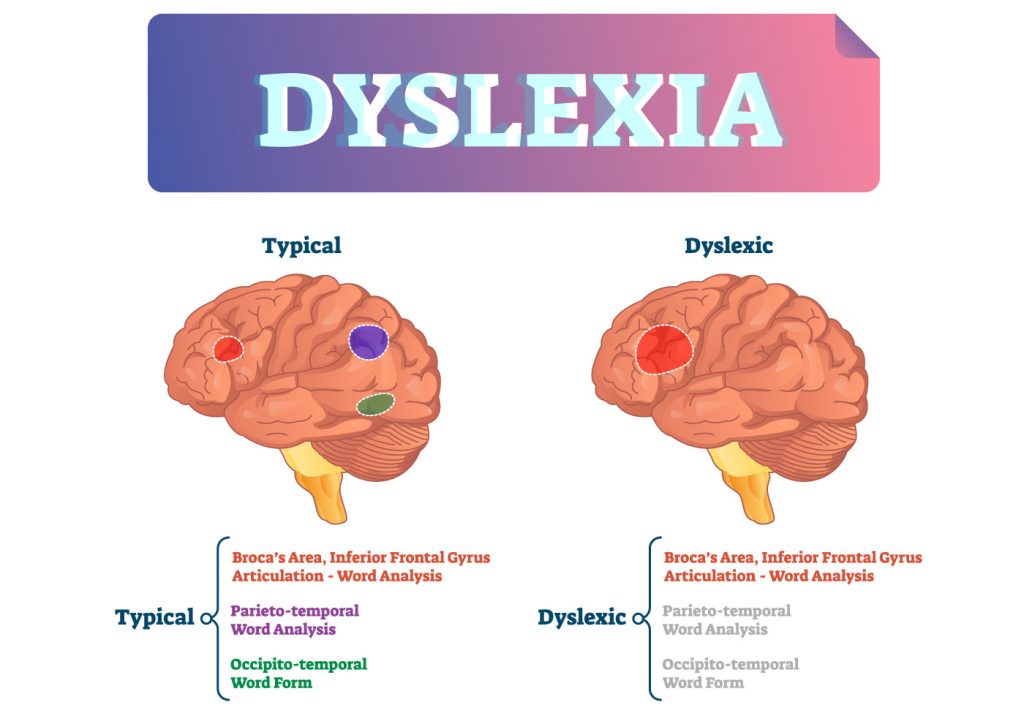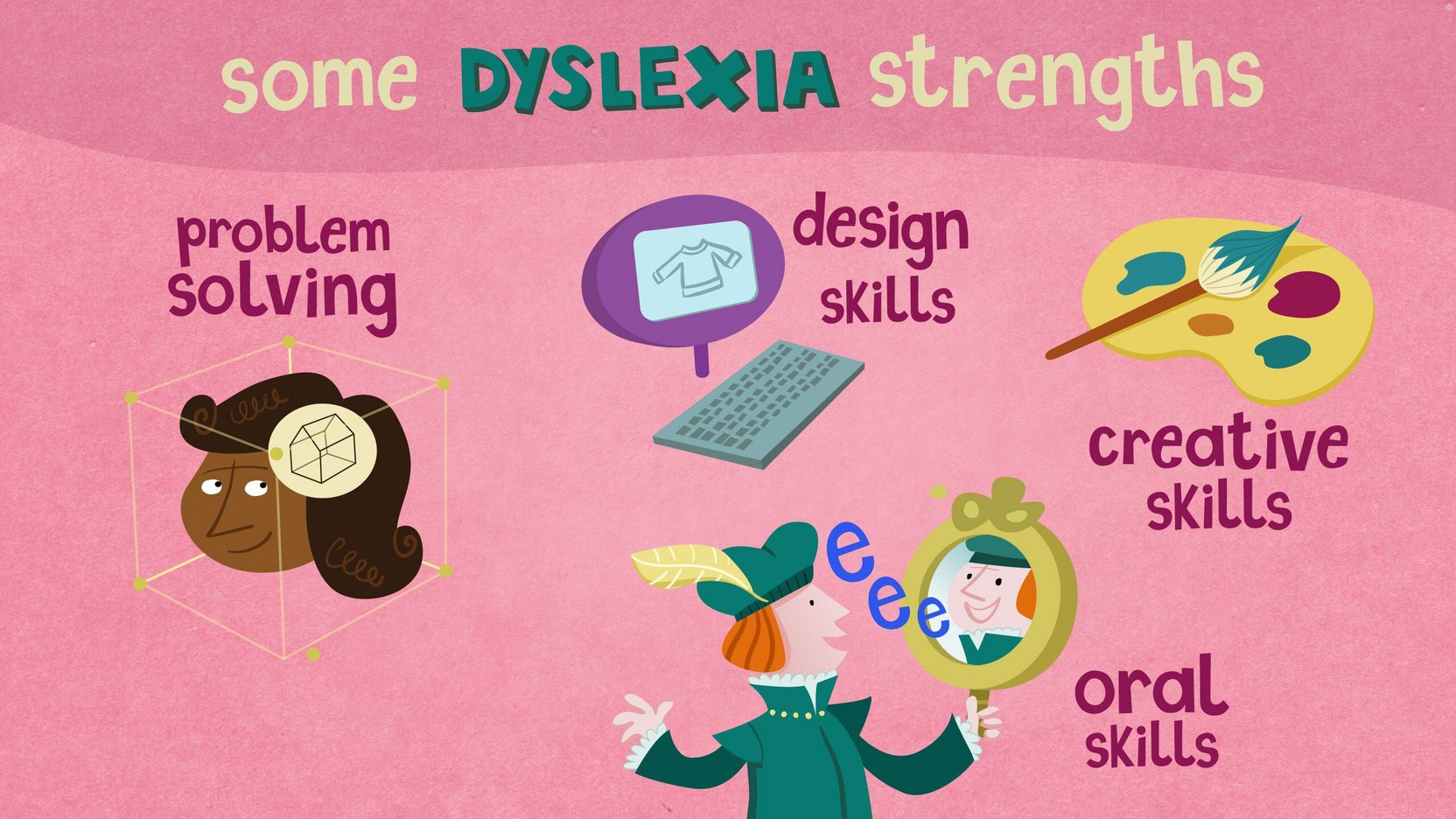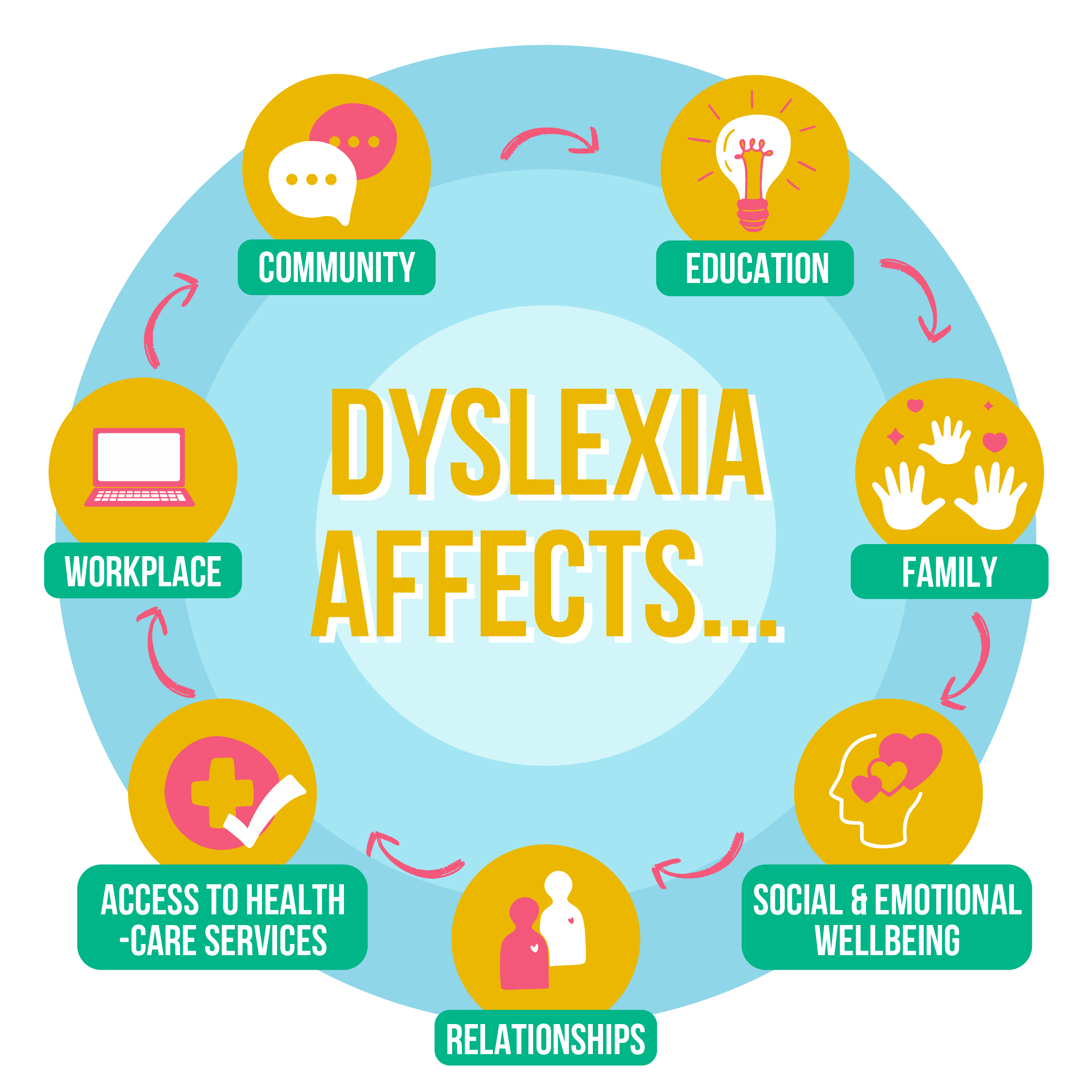
Dyslexia is a specific learning disorder that usually manifests as difficulties in reading, regardless of the individual's intelligence level, appropriate learning and motivation. Dyslexia is one of the most common learning problems, affecting word recognition, reading fluency, writing skills and sometimes math skills. The causes of dyslexia are complex and include genetic, neurobiological and environmental factors, and its impact on an individual can vary depending on individual characteristics and the help they receive.
The prevalence of dyslexia
Dyslexia is one of the most common learning disabilities worldwide, affecting approximately 5-10% of the population, although some studies suggest that this number may be higher due to the challenges of diagnosis. Dyslexia occurs in all age groups, cultures and social classes, regardless of intelligence level. It is important to note that dyslexia affects both children and adults, and its impact may vary depending on individual characteristics, support received, and intervention strategies.
The prevalence and impact of dyslexia underscores the importance of early diagnosis and individualized interventions to alleviate learning challenges and help individuals reach their full potential. In addition, public education about dyslexia and its causes is essential to reduce stigma and create a supportive environment for people dealing with this disorder.

What causes dyslexia?
Dyslexia, also known as a reading disorder, is a complex condition caused by a variety of genetic, neurobiological and environmental factors. Although this learning disability is one of the most studied, its causes are still not fully understood. Dyslexia affects a person's ability to read fluently and accurately, recognize words, understand reading material and, in some cases, affects writing and recognizing letters and sounds. Dyslexia has a significant impact on the learning process and can have long-term effects on individuals' academic and professional success.
Causes of dyslexia
Genetic factors
Dyslexia has a strong genetic component, and research shows that having a family member with dyslexia increases the likelihood that a child will also have reading challenges. Certain genes involved in the development of language and reading skills have been identified as potentially associated with dyslexia risk.
Neurobiological factors
Brain research has revealed that people with dyslexia have differences in the activity and structure of certain brain areas responsible for language processing and phonological awareness. This suggests that dyslexia may be related to neurobiological features of the brain that influence how information is processed.
The environmental factors
Although genetics and neurobiology play a role, environmental factors may also influence the risk and manifestation of dyslexia. For example, early stimulation of language and reading skills, quality early education and parental involvement in a child's learning can help reduce the impact of dyslexia.
Symptoms
Dyslexia, often described as a specific learning disability that affects an individual's ability to read, is associated with a variety of symptoms that may vary with age, individual ability, and timing of intervention. This disorder affects phonological processing, word recognition, reading fluency, and writing skills. It is important to emphasize that the symptoms of dyslexia are not related to a person's level of intelligence and can occur regardless of a person's general ability to learn.
Early symptoms in childhood
Early symptoms of dyslexia can be seen before school age. That includes:
- Delayed speech development, when a child starts talking late or has difficulty with pronouncing words.
- Difficulty with rhymes or recognizing sounds, where children cannot easily distinguish or repeat rhymes and sounds.
- Difficulty with word recognition and name recall, where children have trouble remembering simple words or people's names.
Symptoms in school-aged children
As children begin to learn to read and write, the symptoms of dyslexia become more noticeable:
- Reading difficulties, including slow reading, misreading words, and difficulty putting words together from letters.
- Writing challenges, such as reversing, skipping or swapping letters and words.
- A lack of phonological awareness, which includes difficulty distinguishing sounds in words, can cause difficulties in learning to read and write.
- Reading comprehension problems, where children may be able to "technically" read words, but have difficulty grasping the meaning of the reading material.
Adolescent and adult symptoms
Symptoms of dyslexia persist into adulthood, although adults are often able to find strategies to compensate:
- Avoidance of reading and writing, because of previous unsuccessful experiences, adults may avoid tasks that require reading and writing.
- Organizational difficulties, including problems with scheduling and sequencing tasks.
- Reading comprehension difficulties, where adults may struggle to understand complex instructions or the intricacies of academic material.
- Slow reading speed and high number of reading errors are also characteristic symptoms.
General symptoms
Regardless of age, dyslexia is often associated with:
- Greater fatigue during reading due to greater psychological load.
- Low level of self-esteem and motivation to learn due to constant challenges in learning.
It is important to emphasize that dyslexia is unique to each person and one person's experience can vary greatly from another. Early intervention, tailored learning strategies, and emotional and psychological support can significantly reduce the impact of dyslexia and help individuals achieve academic and personal success.

How can people with dyslexia be helped?
Dyslexia, being a specific learning disorder, affects an individual's ability to read, write and understand text. Although dyslexia is a long-term condition, there are various methods and strategies that can help people with dyslexia improve their condition and cope with the challenges. The success of these methods depends on individual approach, early intervention and continuous support both in educational institutions and at home.
Specialized learning strategies
One of the main ways to help individuals with dyslexia is through the use of specialized learning strategies. That includes:
- Development of phonological awareness, which helps to better understand and recognize sounds in speech, as well as learn their connections with letters and words.
- Multisensory teaching methods that incorporate sight, hearing, touch and movement to help better absorb information and learning material.
- Reading strategies to improve reading comprehension, such as text scanning, highlighting important ideas, and structuring.
Use of technology
Technology can provide significant assistance to individuals with dyslexia by making reading, writing and organization easier. For example:
- Text-to-speech software allows individuals to listen to text instead of reading it, reducing the workload of reading.
- Voice recognition technologies enable dictation, reducing the difficulty of typing.
- Organizational and planning apps help individuals with dyslexia manage their time, tasks and learning materials.
Psychological and emotional support
The impact of dyslexia is not limited to academic performance; it can also have an impact on individuals' emotional state and self-esteem. Therefore, it is important to:
- Psychological counseling that can help individuals with dyslexia cope with stress, frustration and self-esteem issues.
- Positive recognition strategies that help individuals with dyslexia understand their strengths and abilities, not just their challenges.
- Community and group support to share experiences and strategies with others with similar challenges.
Early intervention and individualized learning
Early identification of dyslexia and an individualized learning plan are critical factors in minimizing the impact of dyslexia. That includes:
- An individual learning plan that meets the needs and strengths of a specific person.
- Regular assessment and adaptation to ensure that the learning process is relevant to individuals' progress and needs.
Although dyslexia presents challenges, the right strategies, supports, and interventions can help individuals with dyslexia achieve academic and personal success. The key is to recognize and address individual needs, as well as promote strengths and adaptations.

Information sources
- "The Neurobiological Basis of Dyslexia," Journal of Neuropsychology.
- "Genetic Factors and Dyslexia: A Family Research Perspective," Genetics and Learning Disabilities Research.
- "Effective Interventions for Dyslexia: Scientific Evidence," Journal of Special Education.
- "Psychosocial Aspects of Dyslexia: Coping Strategies", Studies in Psychology and Education.
# disleksija






